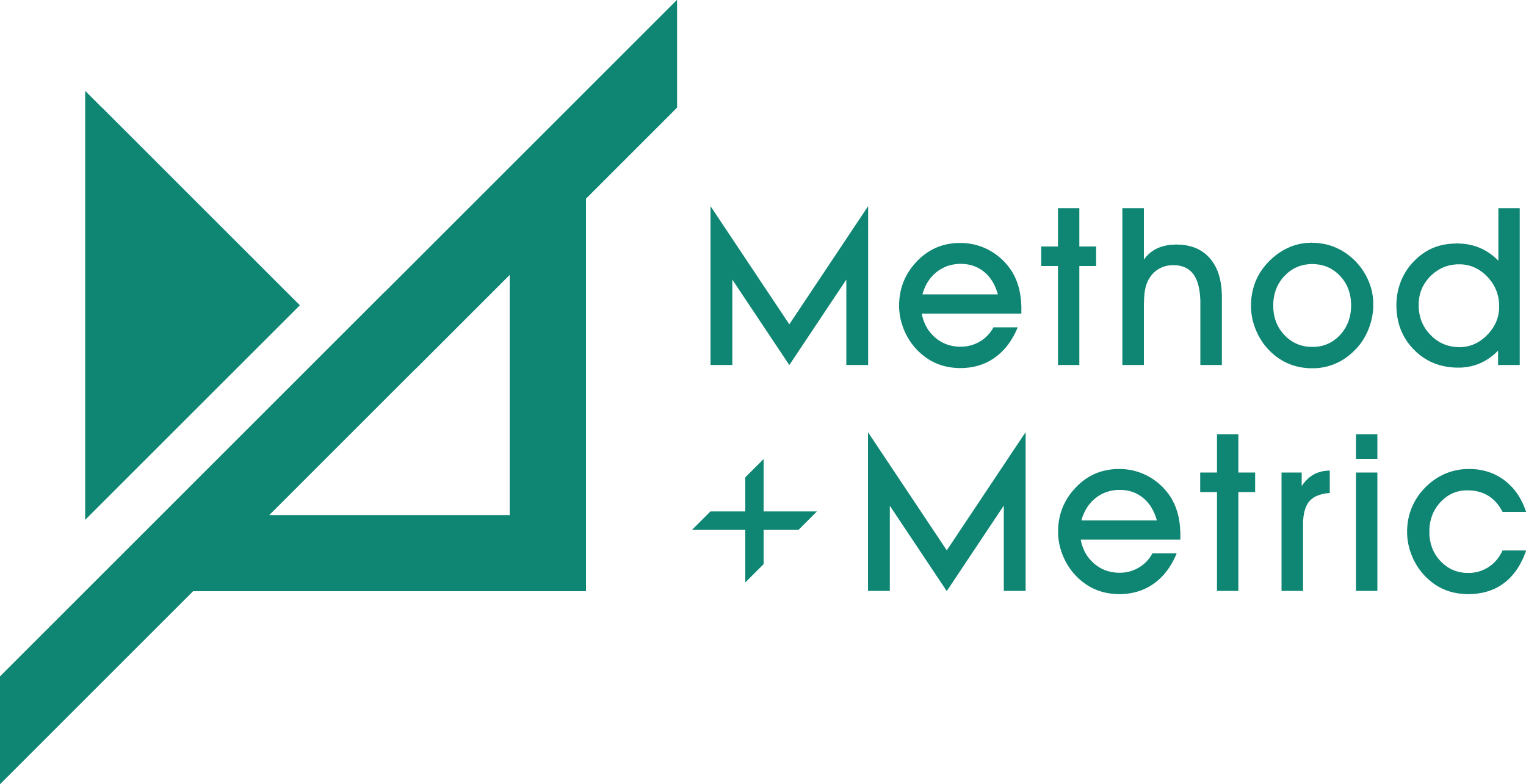Today, having an accessible website is not only important, but required, and for a good reason. Website accessibility guarantees a seamless experience for all visitors to your site regardless of their ability.
According to the World Health Organization, 16% of the world’s population has a disability, that’s almost 1 in 6 people. Website accessibility improves the online experience for this large and underserved portion of the population while also playing a role in improving your SEO efforts.
What Is Website Accessibility?
Website accessibility refers to the design and development of websites, applications, and other digital content in a way that allows people with disabilities and other web access limitations to use them effectively. Disabilities that affect an individual’s access to the web include auditory, cognitive, neurological, physical, speech, and visual disabilities. Other website access limitations include small screens, technological difficulty due to age, slow and limited internet access and situational limitations such as loud background noise.
By making your website accessible, you can ensure that people with disabilities and other limitations can access and use your content, improving the user experience for a wider range of people.
As more people rely on technology to access information and conduct business, the demand for accessible websites will only continue to grow. Businesses that prioritize accessibility now will be better positioned to succeed in the future, both in terms of SEO and overall business success.
It’s important to note that the Web Content Accessibility Guidelines (WCAG) should be considered from the outset of a project to ensure that accessibility is integrated into the design and development process. Regular testing and monitoring should also be conducted to ensure compliance with legal requirements and to identify and address any issues.
Website Accessibility Legal Requirements
Ensuring web accessibility for all people is a legal requirement under the Americans with Disabilities Act (ADA). The primary goal of web accessibility is to provide people with disabilities equal access to information. Failure to comply can result in serious consequences, such as legal action and fines.
Fortunately there are testing tools that you can use to ensure your website meets ADA standards.
WAVE Web Accessibility Evaluation Tool
Wave is a group of evaluation tools that you can use to make your web content more accessible to individuals with disabilities. WAVE can identify many accessibility and Web Content Accessibility Guideline (WCAG) errors, but also facilitates human evaluation of web content.
Axe is a suite of accessibility testing tools. They have a Chrome Extension that can get you to over 80% issue coverage during development, an auditor that performs full-coverage, consistent WCAG audits of all content and applications, and a monitor that scans, monitors and reports on the accessibility status of your entire site.
Website Accessibility and SEO
SEO tactics not only improve search rankings but also contribute to accessibility goals. The overlapping elements that improve accessibility and SEO play a key role in your online strategy.
For example, optimized page titles, a common SEO practice, help both Google and the site user understand what a web page is about. Tools, such as screen readers, use page titles to describe the page to the person.
Accessibility Elements That Impact SEO
There are many accessibility best practices that you can put into place to directly impact your SEO performance. Optimizing your site’s navigation, image alt text, and semantic HTML are all practices that improve the experience for people with disabilities and directly affect your search rankings. Whereas proper usage and selection of hyperlink titles, colours, fonts, and multimedia accessibility will improve your visitors’ experience, one of the most important underlying SEO factors.
Let’s take a look.
Navigation Menu
Ensuring website navigation is readable by a keyboard or screen reader is important for people who cannot use a mouse or who have visual impairments. However, it can also improve SEO by making your website more easily crawlable. When the website architecture is designed with accessibility in mind, it tends to have a logical, hierarchical structure that contributes to better search engine rankings.
Image Alt Text
Providing alternative text for images is an accessibility best practice that involves adding descriptive text to image files on a website. This allows crawlers and people who are visually impaired to understand the context of the image.
Semantic HTML
Semantic HTML is another accessibility best practice that involves using HTML tags in a way that accurately describes the content on a website. This makes it easier for Googlebot to understand the information on the page, while also making your content more scannable and digestible for readers. Properly using H-tags for page headings and the P-tag for paragraphs is one way to help search engines better understand the content of your website.
Anchor Text
Anchor text is the link text that describes the content that will be found on the page being linked to. Your anchor text must use contextually-relevant language to the destination page to convey the purpose of the link by itself. It is important to avoid using vague phrases such as “click here” as these titles do not explain where the link will take a reader and may be read out of context by a screen reader.
Colour Choices
Colour always matters in web design — branding, emotion, interactivity –- but it also plays a critical role in the experience of those with colour blindness and other visual impairments. There are tools you can use to ensure that your text, background, and button colour choices are accessible; however , a good rule of thumb is to start by using high-contrast colour combinations, such as white text on a black background or vice versa.
Font Choices
When selecting fonts for your website, there is more to consider than just how well they pair together. The size, style, and colour of a font should all be considered. Choosing between a serif or sans-serif font can have huge implications for your readers. The largely shunned Comic Sans font has been shown to be hugely helpful for readers with dyslexia. Ensuring that you use accessible fonts on your website is essential to making it legible for all of your website visitors.
Multimedia Content
Whether you are sharing your podcast episodes or video tutorials on your website, you should always have the transcription accompanying it on the page. This is essential for sharing with those who are hearing and visually impaired, but it also makes Google’s job of discerning multimedia content easier.
Closed captions are another great addition to videos. These display synchronized spoken content, song lyrics, sound effects, and other noise as text on the screen.
Better Accessibility Makes Better Websites
Having a website that works for everyone should be an essential part of every marketer’s strategy. Not only does it allow you to connect with your entire audience, but also creates an inclusive and welcoming brand. And, you don’t have to choose between good accessibility and good SEO. As you’ve already read, a number of the tactics that have a positive impact on website accessibility, also have a positive impact on your SEO.
Get in touch to learn how Method + Metric can create an accessibility strategy for your website that will have a major impact on your SEO. Book an SEO audit today!




